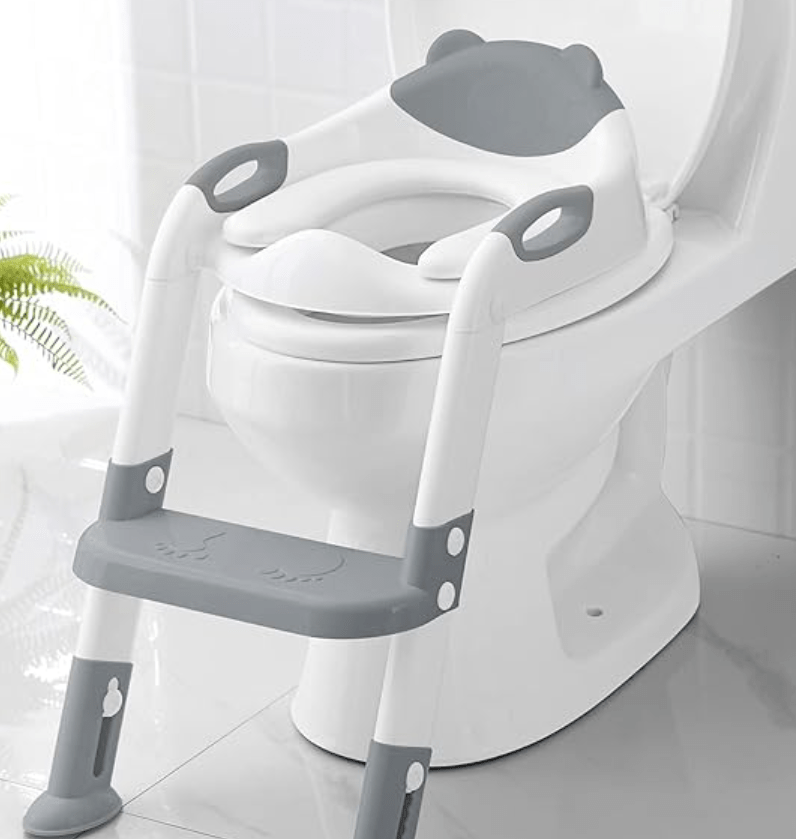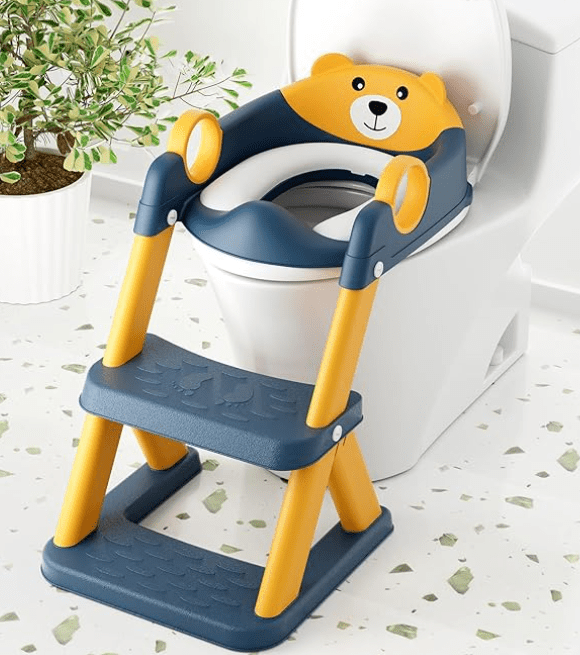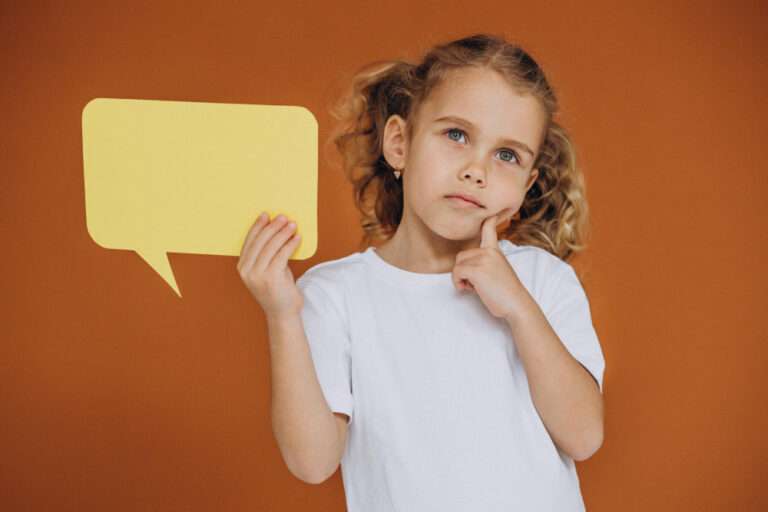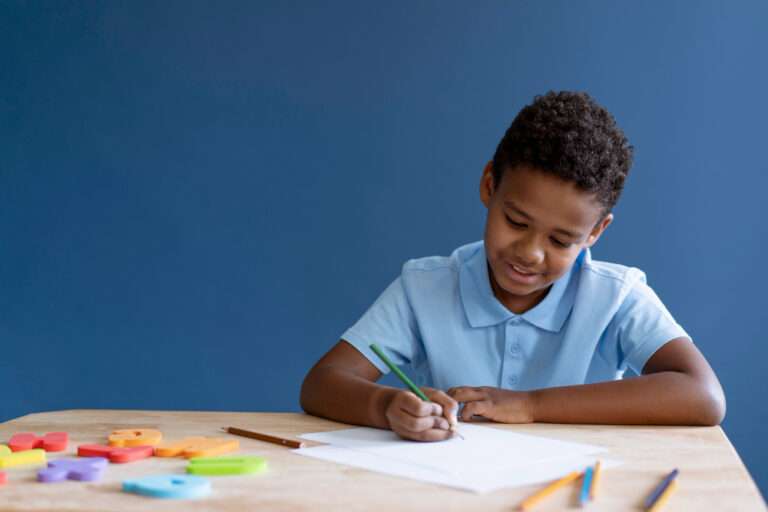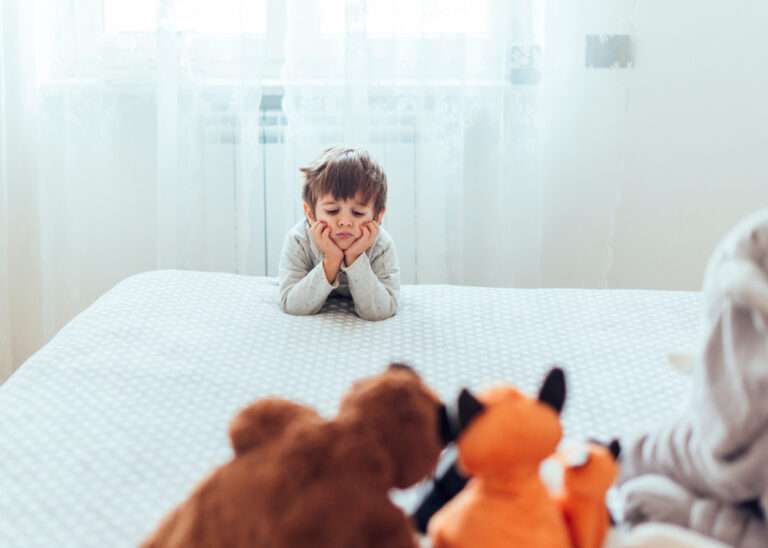20 Best Potty Training Tips for Toddlers
Potty training is a significant milestone in a toddler’s life and can be a challenging time for both the child and the parents. Here are some comprehensive tips to help make the process smoother and more successful.
1. Assess Readiness
Before starting potty training, ensure your toddler is ready. Signs of readiness include:
- Showing interest in using the toilet or wearing underwear.
- Staying dry for longer periods.
- Disliking dirty diapers.
- Demonstrating physical skills like sitting down and getting up from the toilet.
- Being able to follow simple instructions.
2. Create a Positive Environment
Make the bathroom a welcoming and stress-free place. Decorate with fun stickers or colorful themes to make it appealing. Having a small potty chair or a potty seat that fits on the regular toilet can help them feel more secure.
3. Introduce Potty Training Concepts
Start by talking about potty training and explaining the process. You can use books, videos, or even potty training dolls to demonstrate how to use the toilet. Familiarizing your child with the concept helps reduce anxiety.
4. Establish a Routine
Consistency is key. Set regular times for your child to sit on the potty, such as after meals, before naps, and before bedtime. A routine helps them understand when it’s time to go.
5. Use Positive Reinforcement
Encourage and praise your child for their efforts, even if they don’t succeed right away. Rewards such as stickers, small toys, or extra playtime can motivate them. Avoid punishment or negative reactions to accidents, as this can create fear or resistance.
6. Model Behavior
Children learn by imitation. If appropriate, let your child see you or other family members use the toilet. This can demystify the process and encourage them to try it themselves.
7. Dress for Success
Choose easy-to-remove clothing for your child. Elastic waistbands are ideal as they allow quick and independent access to the toilet. Avoid overalls, belts, or clothing with too many buttons or snaps.
8. Encourage Independence
Encourage your toddler to pull down their pants, sit on the potty, and wipe themselves (with supervision). Teaching them these skills early on fosters independence and confidence.
9. Stay Calm and Patient
Accidents are part of the process. Respond calmly and clean up without fuss. Reassure your child that it’s okay and that they’ll get better with practice. Patience is crucial during this learning phase.
10. Be Prepared for Setbacks
Setbacks are common and can occur due to stress, changes in routine, or illness. Stay supportive and avoid pressuring your child. Revisit the training steps if needed and offer extra encouragement.
11. Nighttime Training
Nighttime dryness usually takes longer to achieve. Use training pants or pull-ups at night until your child consistently wakes up dry. Limit fluid intake before bedtime and encourage a last bathroom trip before sleep.
12. Celebrate Progress
Celebrate milestones and progress, no matter how small. Acknowledge their achievements and make them feel proud of their efforts. This positive reinforcement encourages continued success.
13. Handle Resistance Gently
If your child resists potty training, take a break and try again later. Pushing too hard can create a negative association. Look for a more opportune time when your child shows interest again.
14. Stay Consistent Across Caregivers
Ensure that all caregivers (including grandparents, babysitters, and daycare providers) are on the same page regarding potty training methods and routines. Consistency across different environments helps reinforce learning.
15. Use Encouraging Language
Use positive and encouraging language. Avoid negative terms like “dirty” or “stinky” when referring to bodily functions. Positive language fosters a healthy attitude towards using the toilet.
16. Teach Proper Hygiene
Teach your child proper hygiene habits, such as wiping front to back, washing hands thoroughly with soap, and flushing the toilet. These habits are essential for their overall health and well-being.
17. Recognize Individual Differences
Every child is different, and potty training timelines can vary widely. Some children may train quickly, while others may take longer. Recognize and respect your child’s unique pace.
18. Stay Encouraged
Potty training can be frustrating at times, but it’s important to stay encouraged and positive. Seek support from friends, family, or parenting groups if needed. Sharing experiences and tips can be helpful.
19. Monitor Progress
Keep track of your child’s progress and note any patterns or triggers for accidents. Understanding these can help you adjust your approach and provide additional support where needed.
20. Consult a Pediatrician if Needed
If your child shows no interest in potty training by age three or if you encounter significant difficulties, consult your pediatrician. They can provide guidance and rule out any underlying medical issues.
Find a potty for your little one.
Potty training is a significant developmental step for toddlers and requires patience, consistency, and positive reinforcement. By creating a supportive environment, establishing routines, and encouraging independence, you can help your child navigate this transition successfully. Remember, every child is unique, and with time and encouragement, they will achieve this milestone at their own pace.
------------From our Sponsors------------

